Torrington Business Owner Elected to Lead National Home Builders Organization
/The National Association of Home Builders' (NAHB) new chairman, Connecticut’s Greg Ugalde, calls home affordability across the United States a growing crisis and the most important issue facing the homebuilding industry.
 Ugalde is president and chief legal officer of Torrington-based T&M Building Co., Inc., one of the state’s largest home builders. Since its founding in 1962, T&M has built more than 4,000 new homes in over 45 Connecticut communities for trade-up and first-time buyers. Ugalde has more than 25 years of experience in the home building industry and was recently elected to lead the national organization.
Ugalde is president and chief legal officer of Torrington-based T&M Building Co., Inc., one of the state’s largest home builders. Since its founding in 1962, T&M has built more than 4,000 new homes in over 45 Connecticut communities for trade-up and first-time buyers. Ugalde has more than 25 years of experience in the home building industry and was recently elected to lead the national organization.
“Easing the growing housing affordability crisis is the most important issue facing our industry in 2019,” said Ugalde. “This year we will work with policymakers to reduce burdensome regulations that are needlessly raising the cost of housing, exacerbating affordability concerns and holding back a more robust recovery in the residential construction sector.”
According to the organization’s website, NAHB’s members construct about 80 percent of the new homes built in the United States, both single-family and multifamily. A federation of more than 700 state and local associations, NAHB represents more than 140,000 members.
From 2003-2005, Ugalde was the president of the Home Builders and Remodelers Association of Connecticut (HBRA). He was named the local and state Builder of the Year in 2000 and has received numerous industry awards and recognition.
A leading advocate and spokesperson on a broad range of housing issues, Ugalde has served on the HOMEConnecticut Steering Committee, the National Land Use Attorneys Network, the Governor’s Blue Ribbon Commission on Affordable Housing and the Town of Burlington’s IWWC and Parks & Recreation Commission. He is also the founder and owner of GFU Investments, LLC, a builder/developer minority-owned business that focuses on urban development and workforce housing.
Ugalde told the Associated Press in a recent interview that Congress needs to reform the nation's housing finance system, because “financing products just has not kept up with today's market place as much as we would like to see. So we need to revamp the ability to bring more people into the system who really do qualify and can afford a home.”
He also stressed the need recruit more young people to the home building industry, and urged immigration reform. “It's no longer a question of 'Hey, we're going to be taking American jobs.' That's just not true,” he told the AP. “We have job openings all over the country that we need to fill, so it's perfectly reasonable to think that we could benefit from an improved immigration system, like many other industries could as well.”
Regulations imposed by government also impact home prices, he pointed out recently: “On average, regulations imposed by government at all levels account for nearly 25% of the price of building a single-family home and over 30% of the cost of a typical multifamily home."
He added: "there's nothing like showing up at a closing table and seeing your new buyers with big smiles and so happy that all their hard work has paid off."



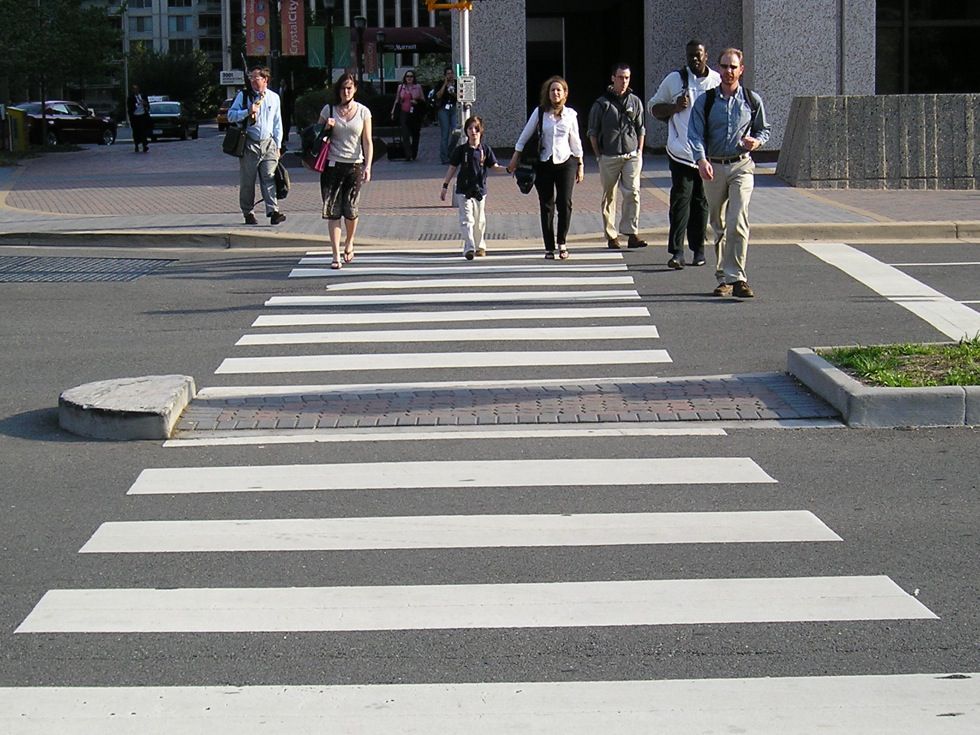


 oincidentally, the telecasts are coordinated not in the U.K., but in Stamford, Connecticut, at the massive NBC facility there, which also serves as the command center for NBC’s Olympic coverage. Approximately 60 work on each match day at NBC Sports’ headquarters, located at 1 Blachley Road on the city’s East Side, the
oincidentally, the telecasts are coordinated not in the U.K., but in Stamford, Connecticut, at the massive NBC facility there, which also serves as the command center for NBC’s Olympic coverage. Approximately 60 work on each match day at NBC Sports’ headquarters, located at 1 Blachley Road on the city’s East Side, the 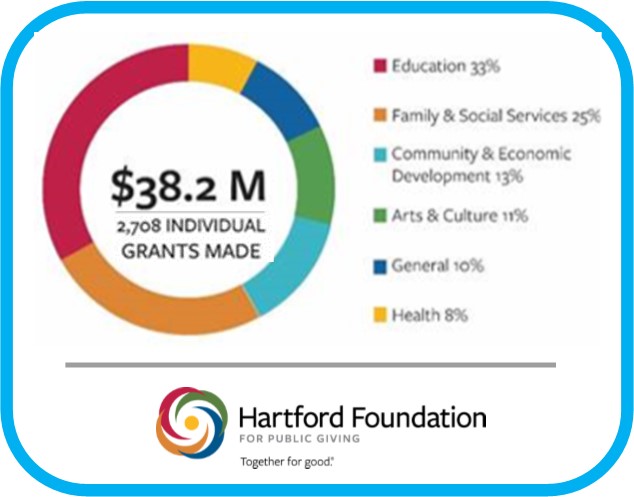
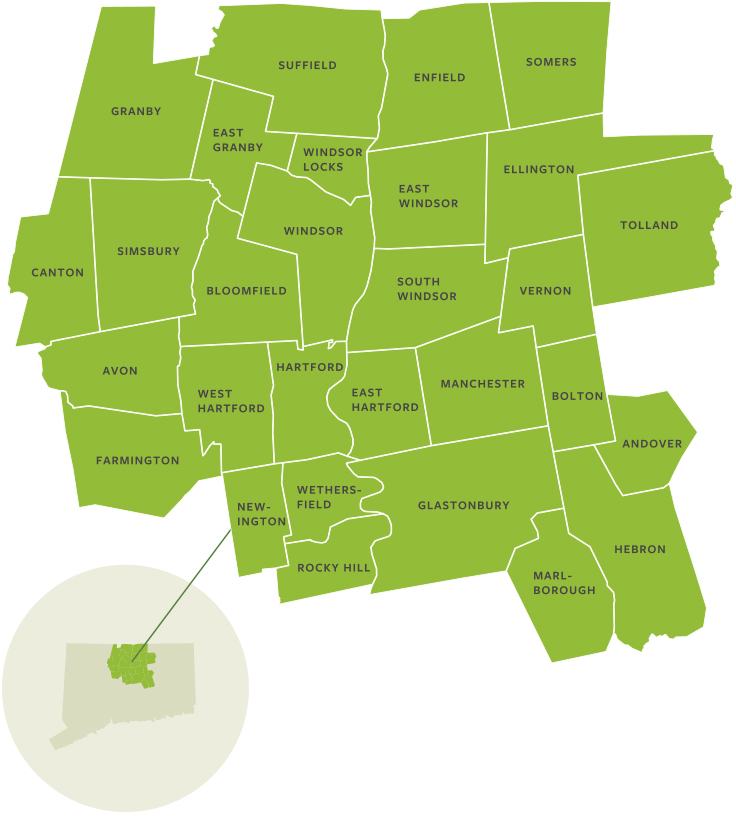 Among the grants, in each program area:
Among the grants, in each program area:
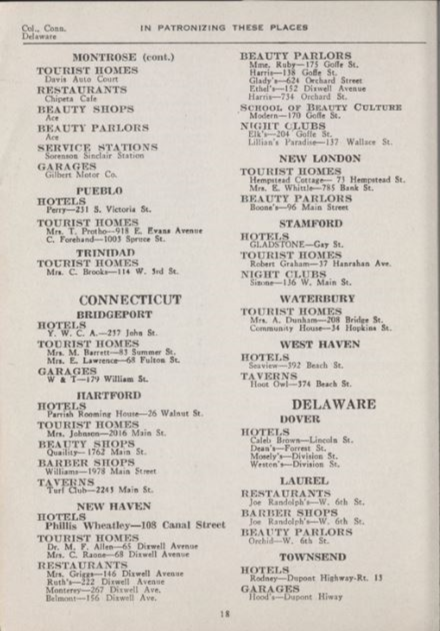


 Both public and private nonprofit institutions in New England saw a 61 percent rise in the number of foreign students over a five-year period from AY 2012-13 to AY 2017-18, which is comparable to the national growth in the international student population over the same period.
Both public and private nonprofit institutions in New England saw a 61 percent rise in the number of foreign students over a five-year period from AY 2012-13 to AY 2017-18, which is comparable to the national growth in the international student population over the same period.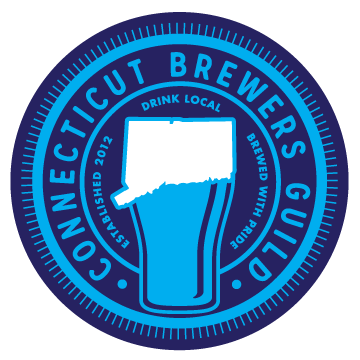 “In 2012, when the
“In 2012, when the 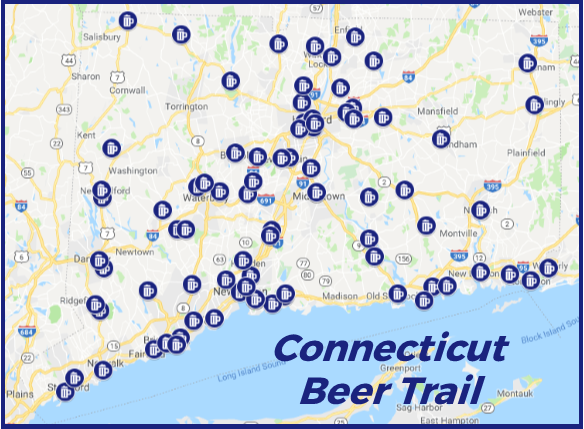
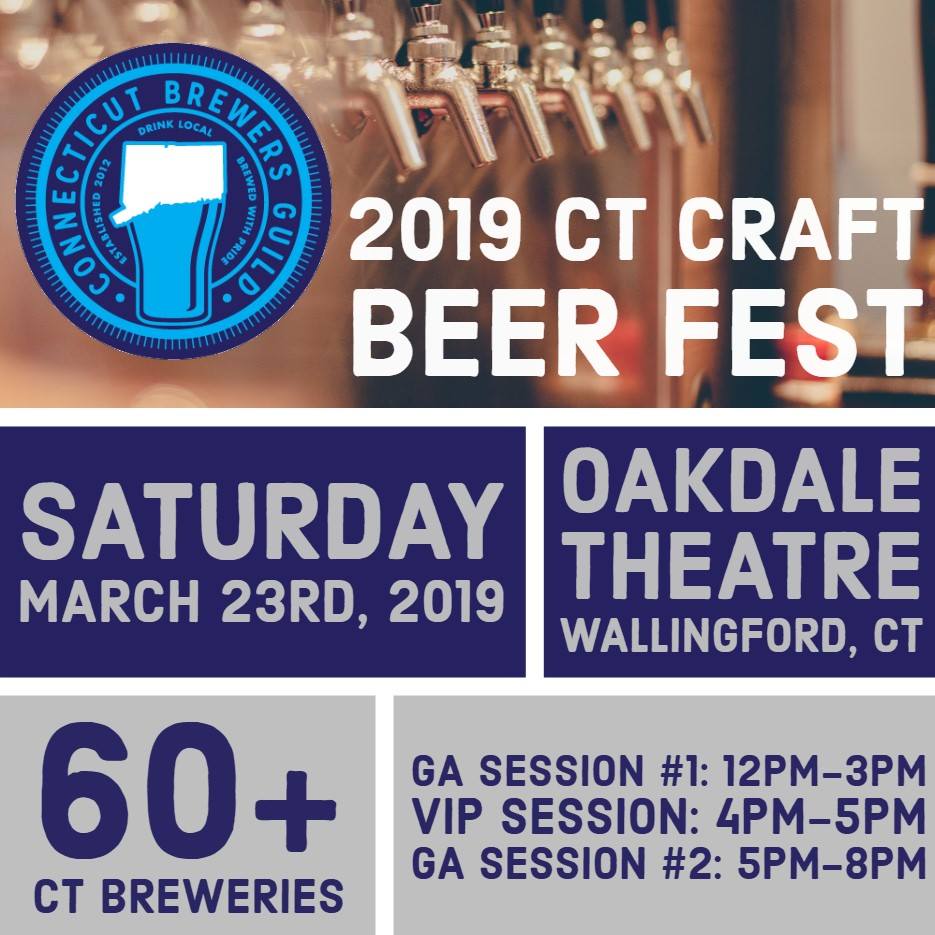
 In December, the firm
In December, the firm 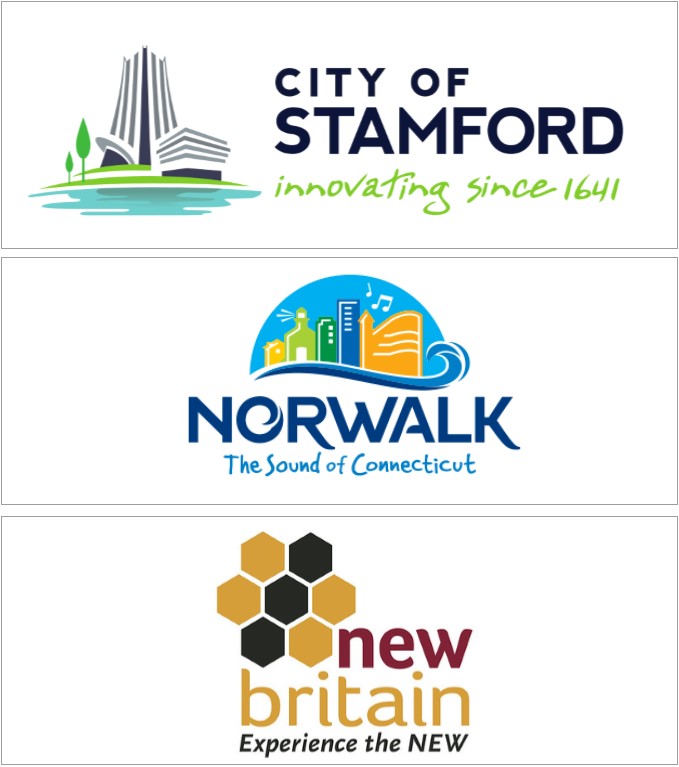 In recent years, Stamford, Norwalk and New Britain are among the Connecticut communities that have undertaken re-branding efforts, including rolling out new logos for the municipalities. New Britain took
In recent years, Stamford, Norwalk and New Britain are among the Connecticut communities that have undertaken re-branding efforts, including rolling out new logos for the municipalities. New Britain took 



























